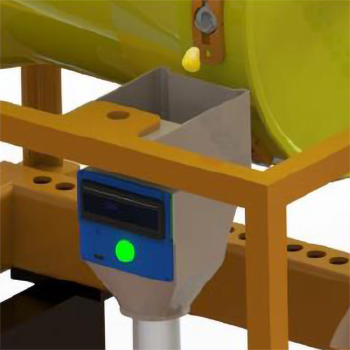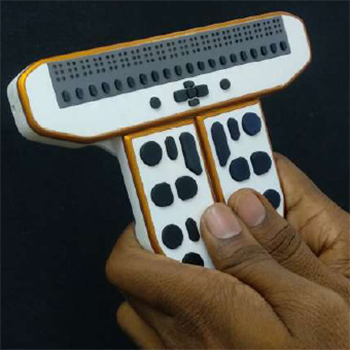A sighted person mostly relies on the visual sense to perceive the surroundings. A visually impaired person has to rely on tactile and audio feedback only to make any sense of his/her environment. The script used by the visually impaired to read and write is called Braille. A sentence in Braille consists of Braille cells which are small enough to fit under a finger tip. It is made up of six embossed dots (in varying combinations) arranged in two columns and three rows. Braille can be read by sweeping the tip of the index finger over the embossed sentence. Braille script to a visually challenged person is equivalent to printed script to a sighted person. Braille is not a language but a representation of a language in texture format. Refreshable Braille display devices and applications like ‘voice over’ for smartphones and computers are a few examples of new assistive technologies used by visually challenged people which provide tactile and audio feedback, respectively, to perceive information which is in digital formats. A comparative study of the products used by the visually challenged to practise Braille shows that they either fall short on the portability factor or need a tabletop-like horizontal surface to keep the device on top of to operate. Such conditions leave the user looking for a table.



